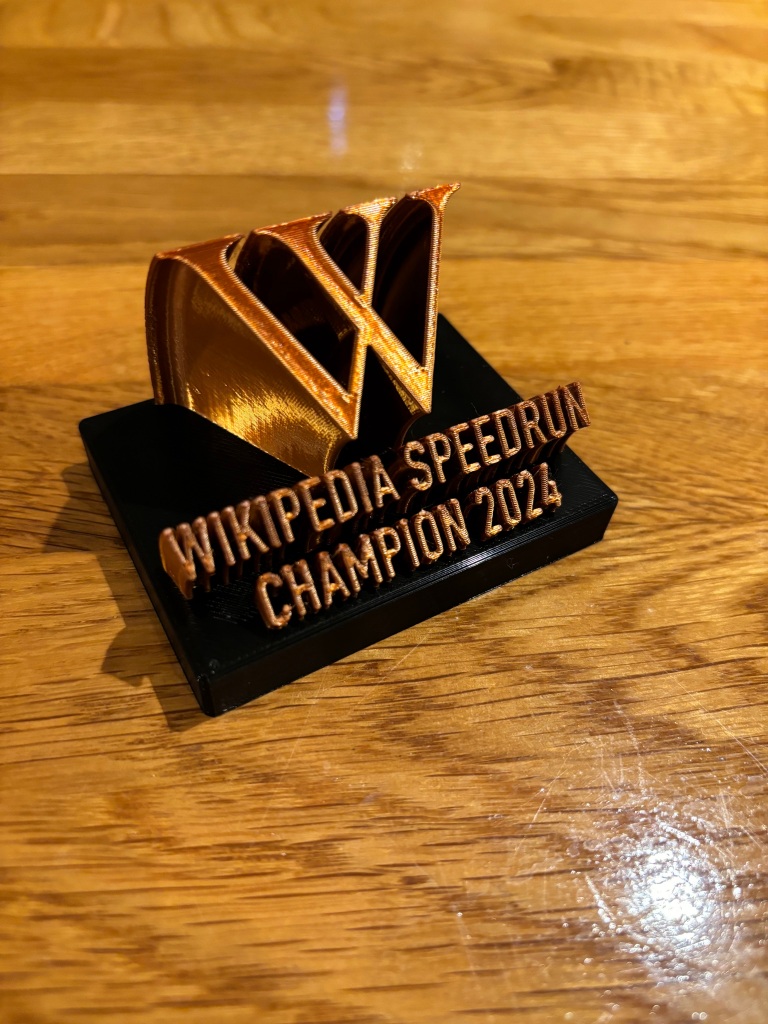
Probably the thing my Advanced Higher Physics classes will remember most about their time studying Physics at the highest level in Scottish secondary education is not quantum physics or general relativity, but the excitement of a Wikipedia Speedrun at the end of a busy double period. My son even put together this trophy on his 3D printer for the grand finale at the end of the spring term.
Using the web to research biodiversity is a bit like a speedrun; start reading about scientific research into bees and you very quickly end up down a rabbit hole learning about montane areas (links to pdf) in Tayside. Which is how I came to find myself climbing the three Munros that make up Beinn a’ Ghlò on Tuesday this week.
Here’s an extract from the Tayside Biodiversity website explaining what a montane area is:
Montane habitats are found in areas above the natural tree level (approximately 600m above sea level). These alpine and sub-alpine areas represent some of the most natural and undisturbed habitats in the UK. The broad habitat supports a wide range of specialist plant and animal communities. The montane zone consists mainly of high plateaux with steep sided corries, rocky cliffs, crags, boulder fields and scree slopes. The vegetation is influenced by factors such as geology, soil type and depth, exposure and snow cover. These montane habitats include moss-heaths, dwarf-shrub heaths, grasslands, flushes, late snow patches, rock ledges and montane willow scrub.
Thus began my goal for Tuesday – to climb the three Munros in the 23km circuit, and do something I generally do not take time for; instead of simply bagging Munros, racing from top to top, I would observe, photograph and explore what I can see and hear.
Beinn A’Ghlo is designated as a SSSI, a Site of Special Scientific Interest1. These sites are…
“areas of land and water that we consider best represent our natural heritage in terms of their:
- flora – i.e. plants
- fauna – i.e. animals
- geology – i.e. rocks
- geomorphology – i.e. landforms
- a mixture of these natural features”
So what flora, fauna, geology etc. should I be looking for?
The Tayside Biodiversity site lists a range of Key Species that can be observed in these regions, as follows:


So with high hopes, off I went.
And here are some of the things I found on my hill day…
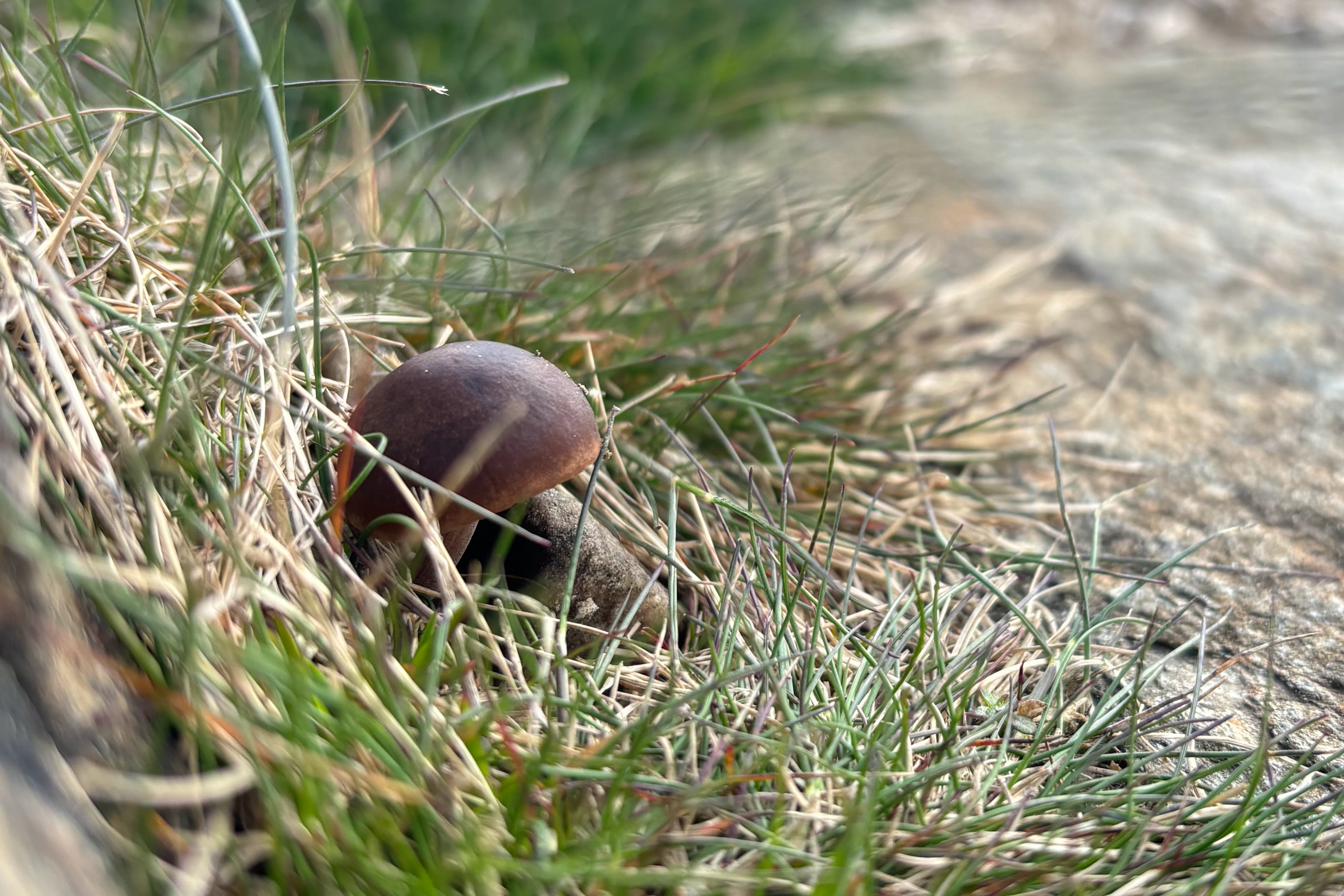
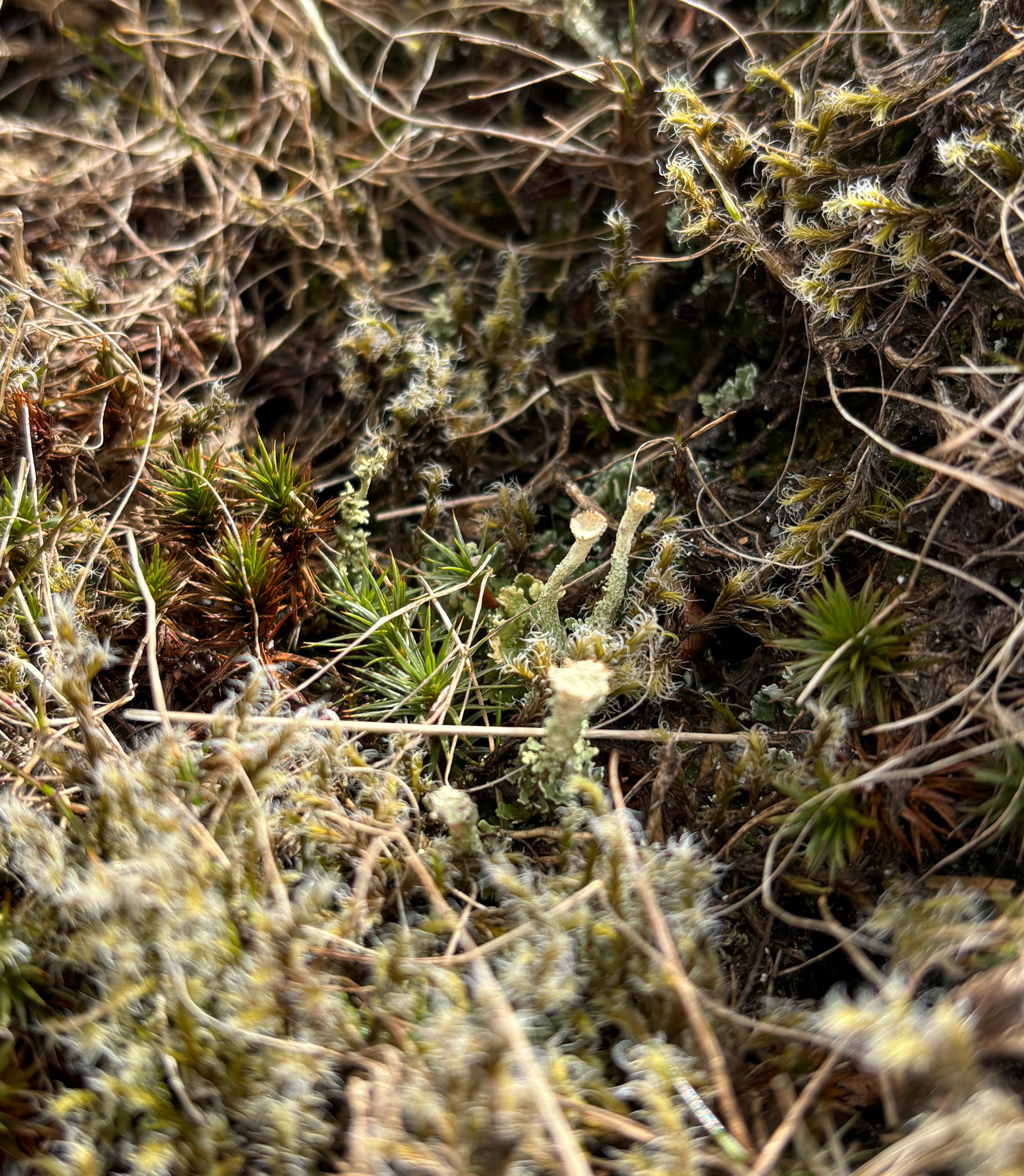
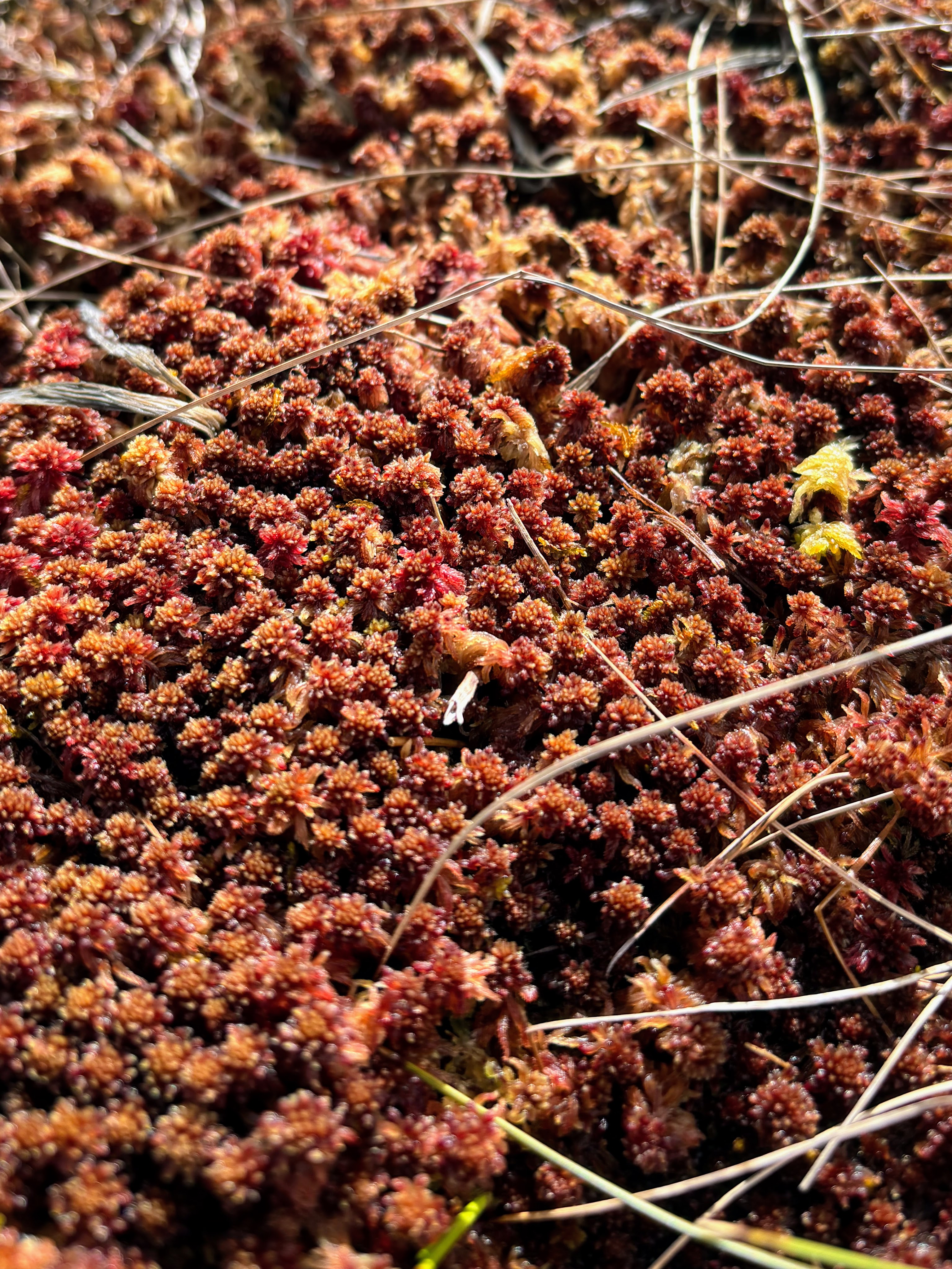
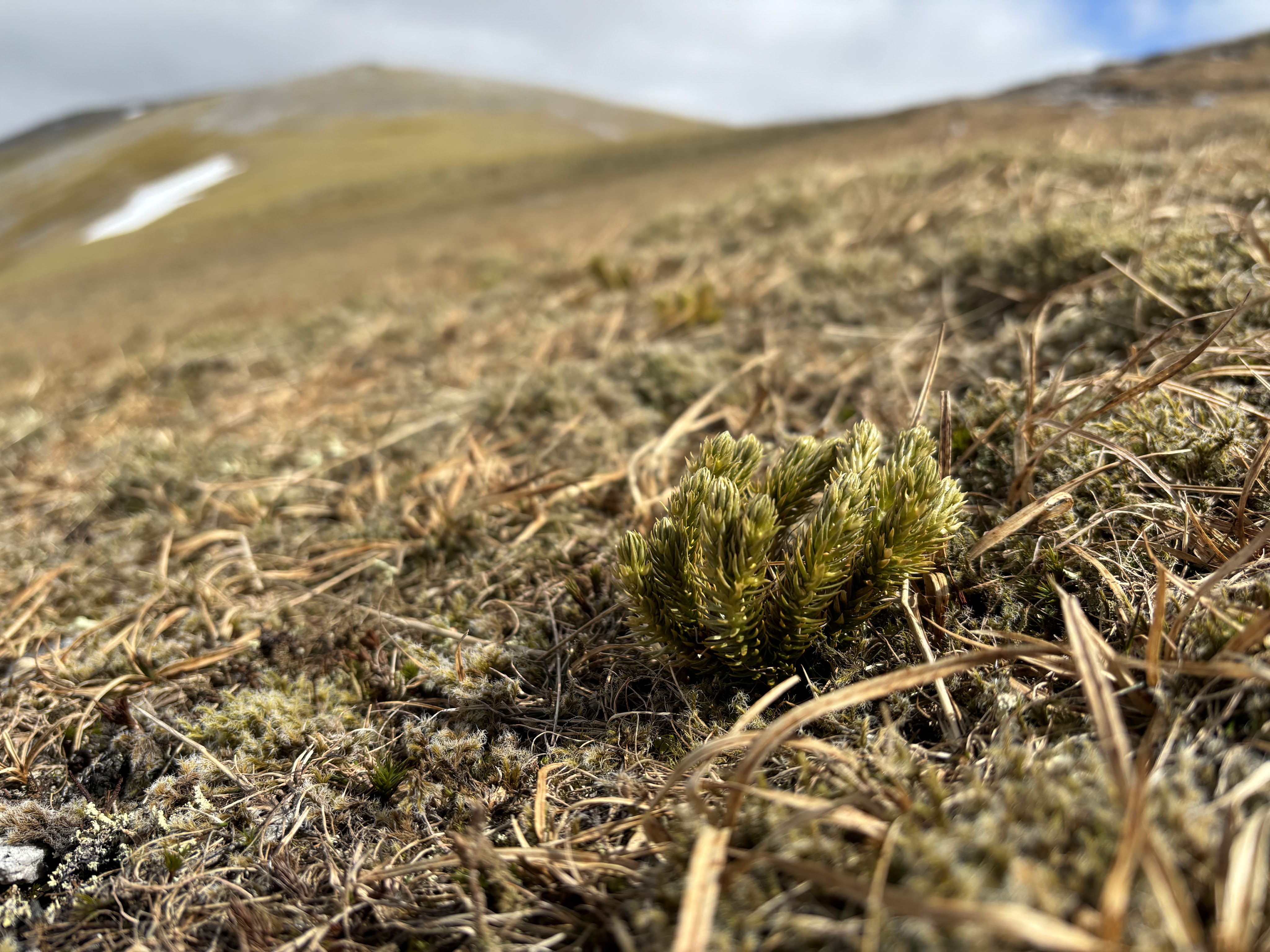
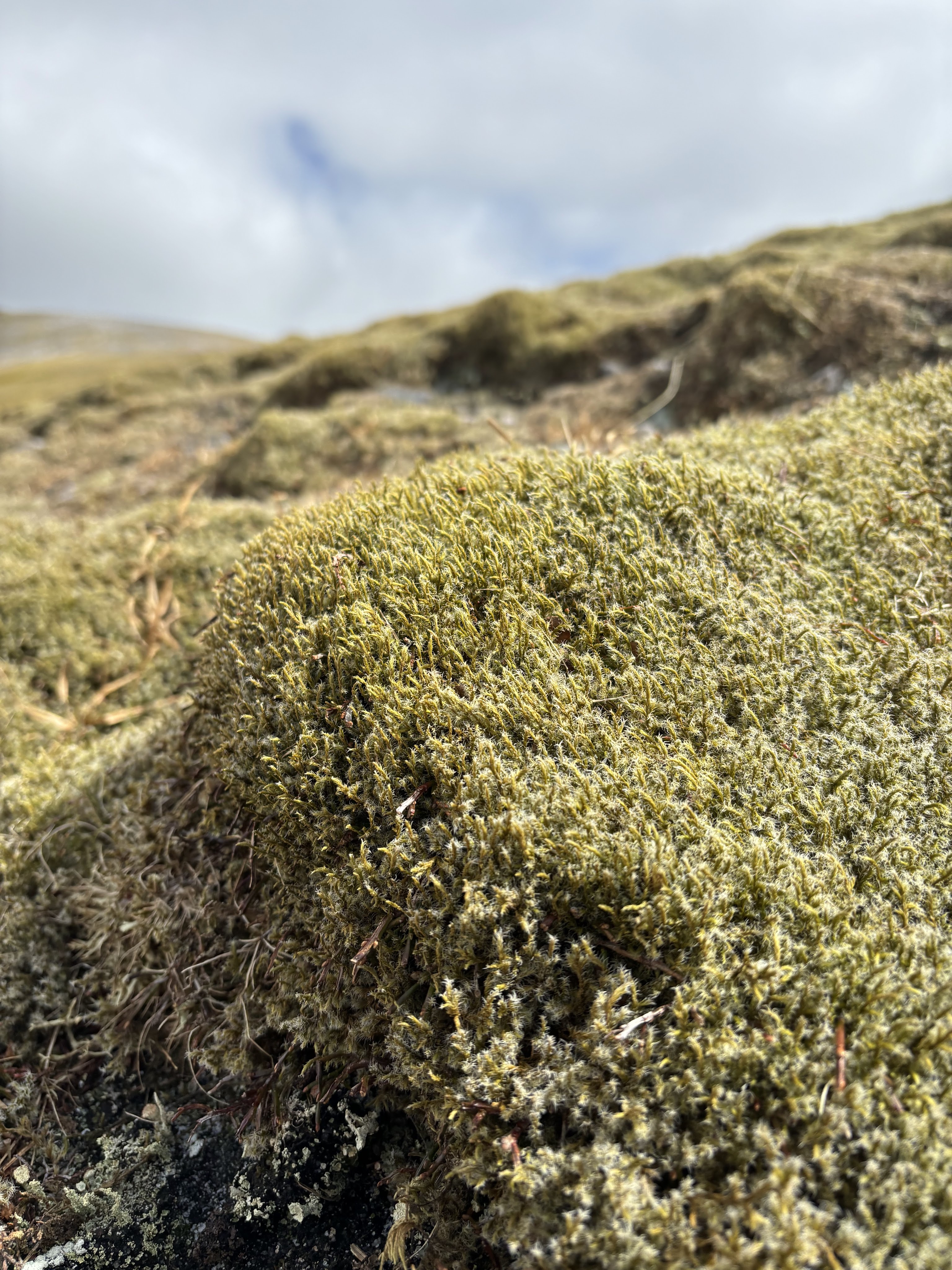
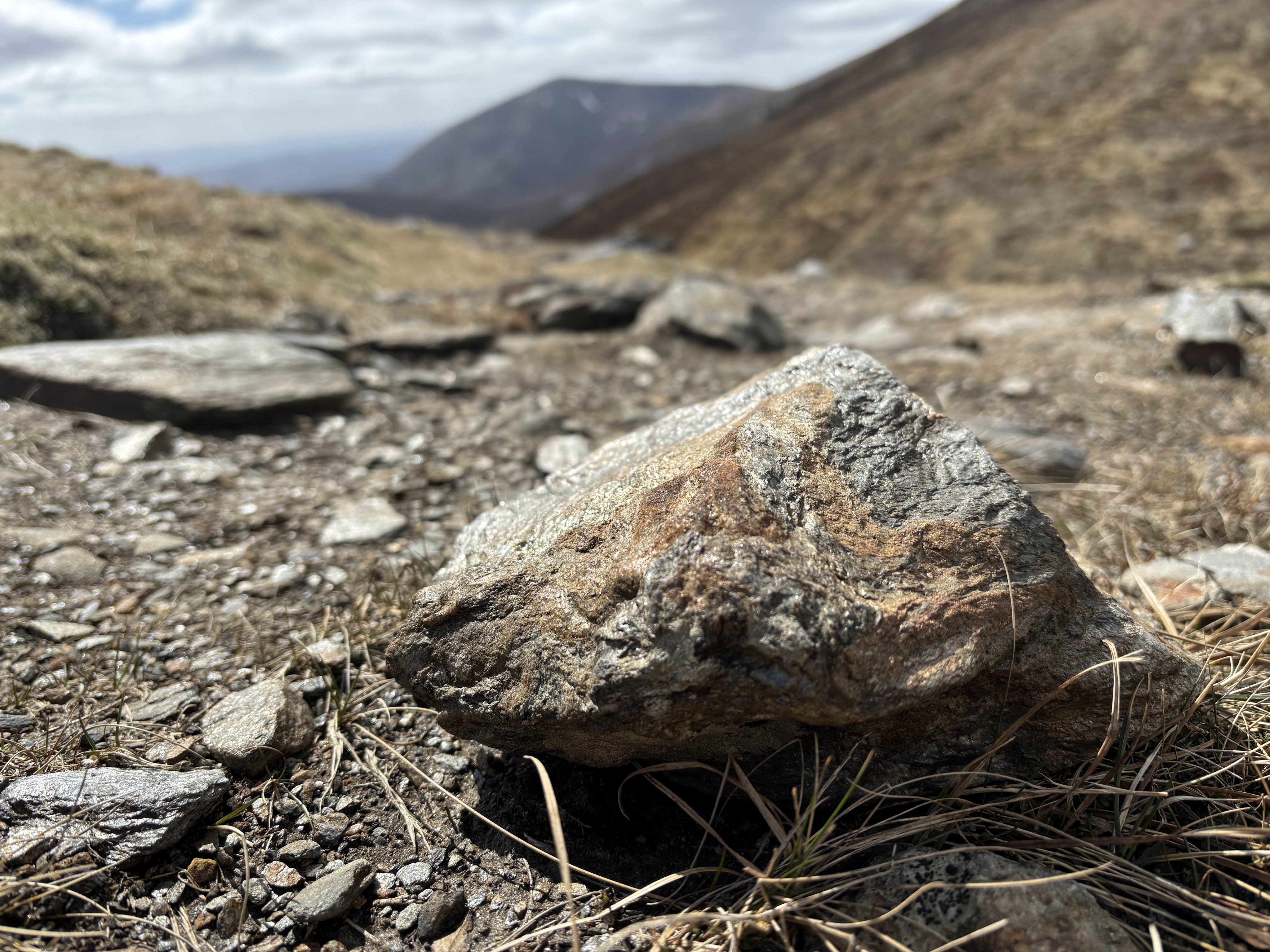
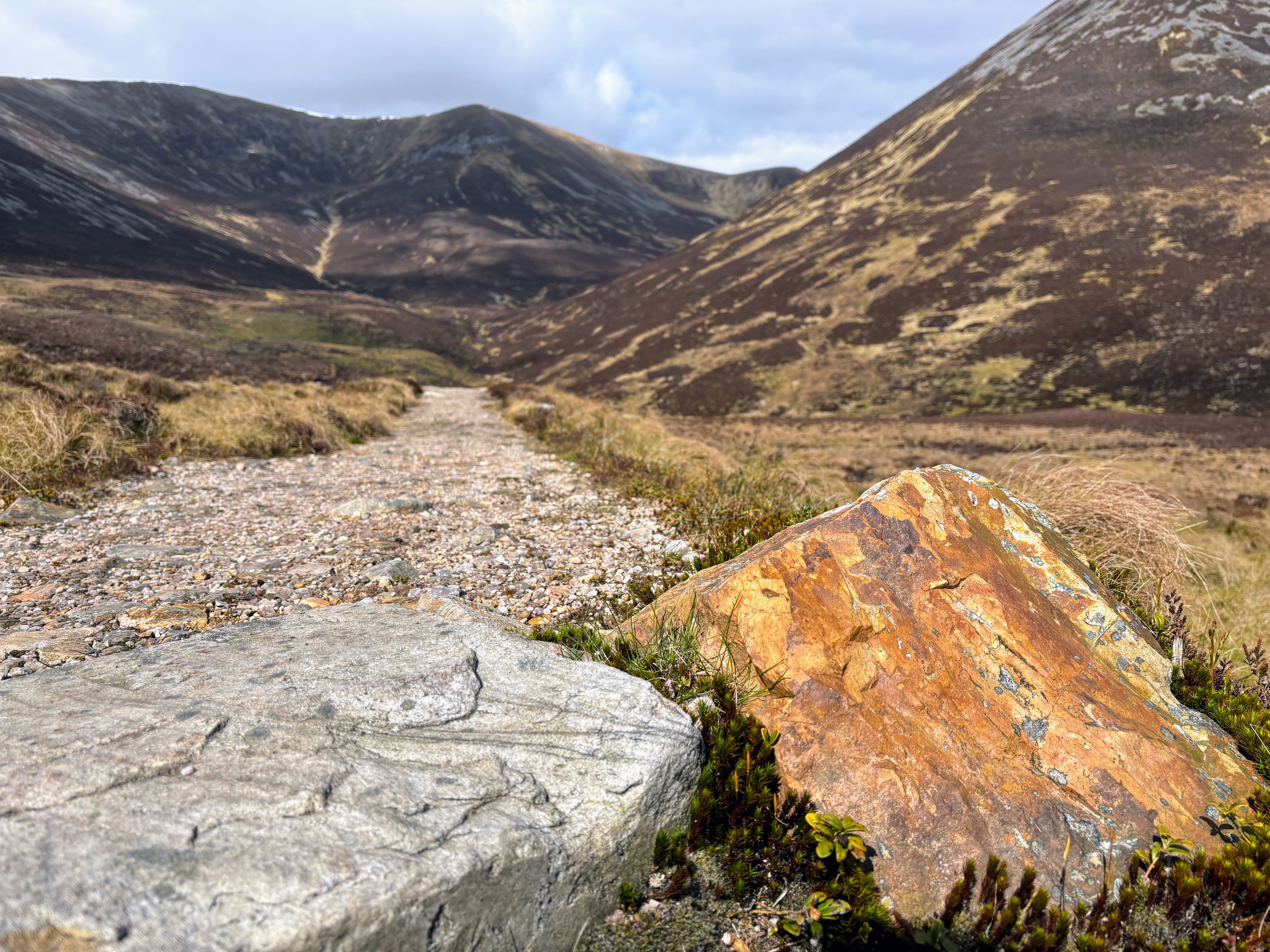
Sadly, cross referencing these images with the list of key species above (using google images) has not enabled me to identify any of the flora I spotted. Perhaps when I get to Gairloch, Peter Cunningham will be able to help. Feel free to add to the comments if you can help me identify these plants.
The rocks were interesting and beautiful. The Tayside document states that this area of Scotland contains a band of calcareous schists and limestone, but I have yet to fully identify why the rocks have such gorgeous rusty orange colouration.
I did not spot any golden eagles, or even a mountain hare! I think a golden eagle sighting has to be a sabbatical target! However, I was able to record the birdsong for the Meadow Pipit and the Skylark (audio below). Well done to anyone trying to get a picture of these birds in the wild!
For those wanting commentary on the hill walk – it was brilliant. The last 11 km (the walk out) proved to pass quickly (despite stopping frequently for photographs). I have found that having good conversation takes the mind off the pain in legs or feet on a long walk. On my own, listening to the Lex Fridman podcast, where he sits down to have a conversation with Sean Carroll on the subject of General Relativity, Quantum Mechanics, Black Holes & Aliens, was the next best thing!
Well, this is the physics teacher’s sabbatical blog after all!
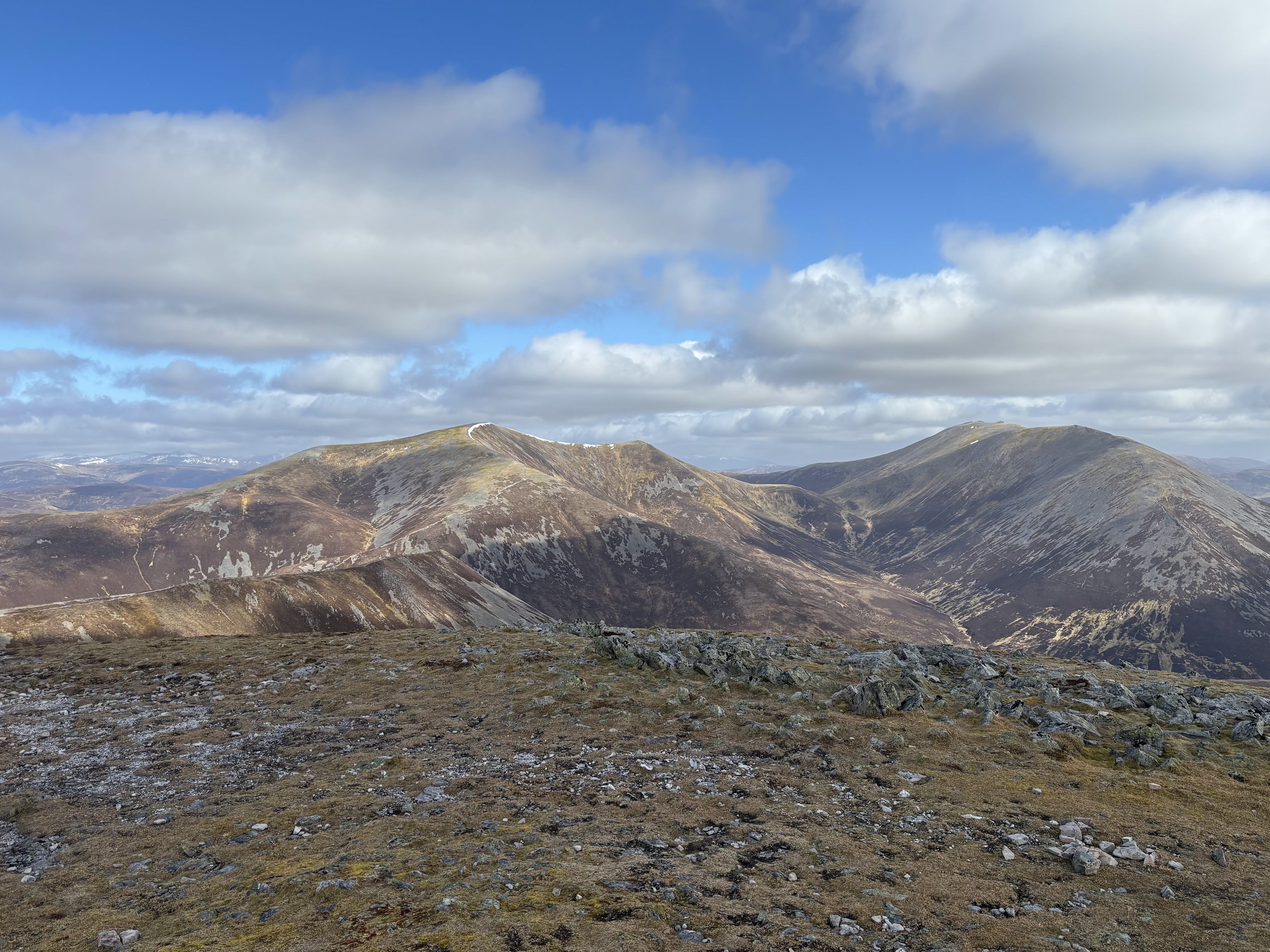
- See nature.scot for more information on SSSIs. ↩︎

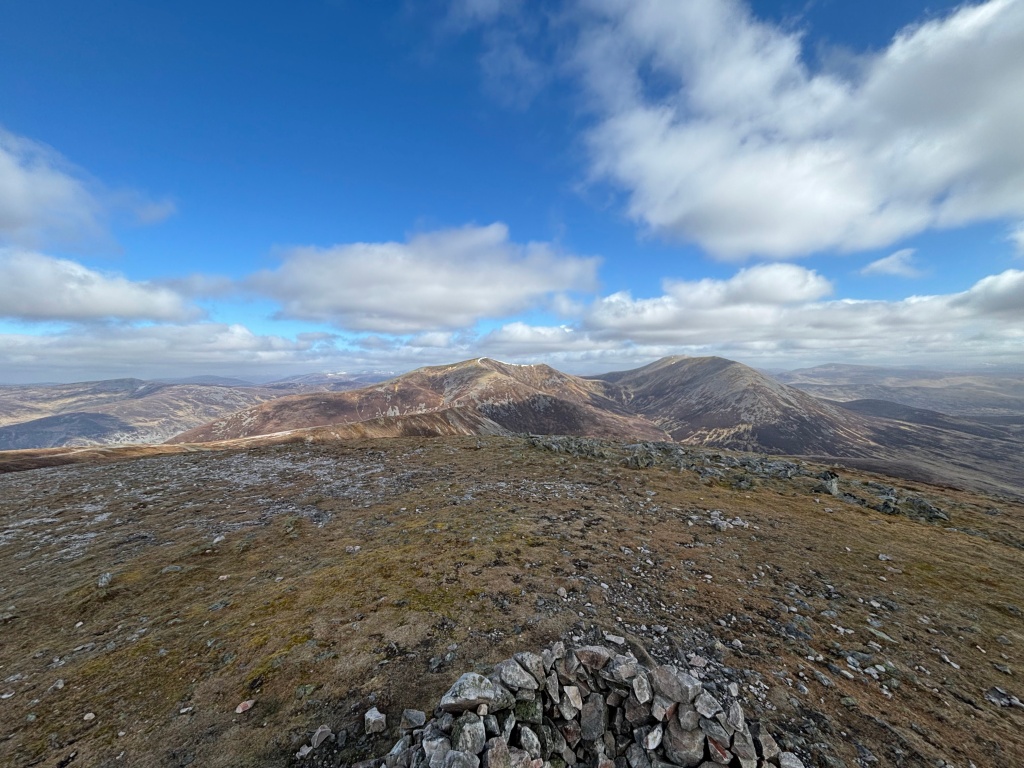

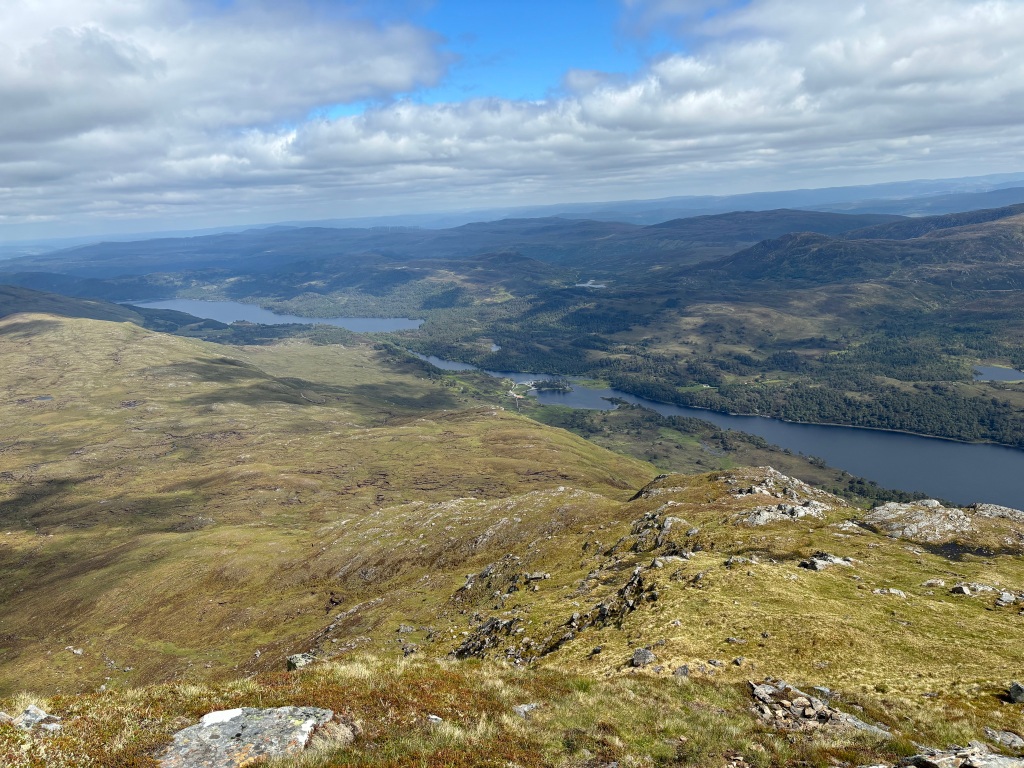


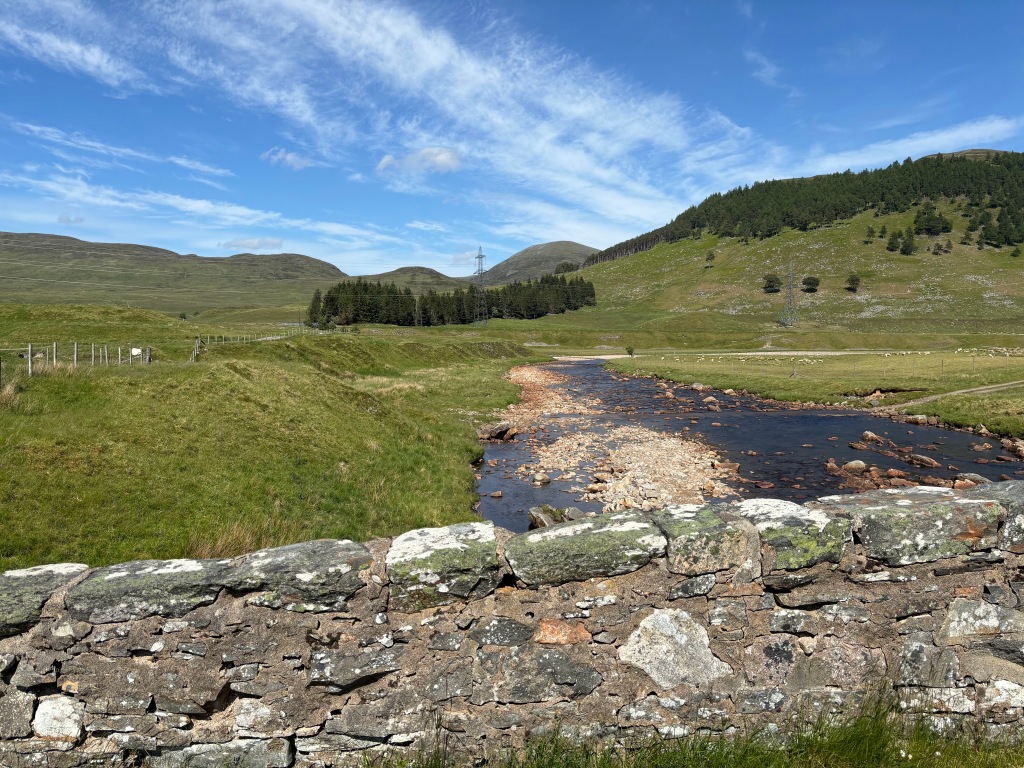

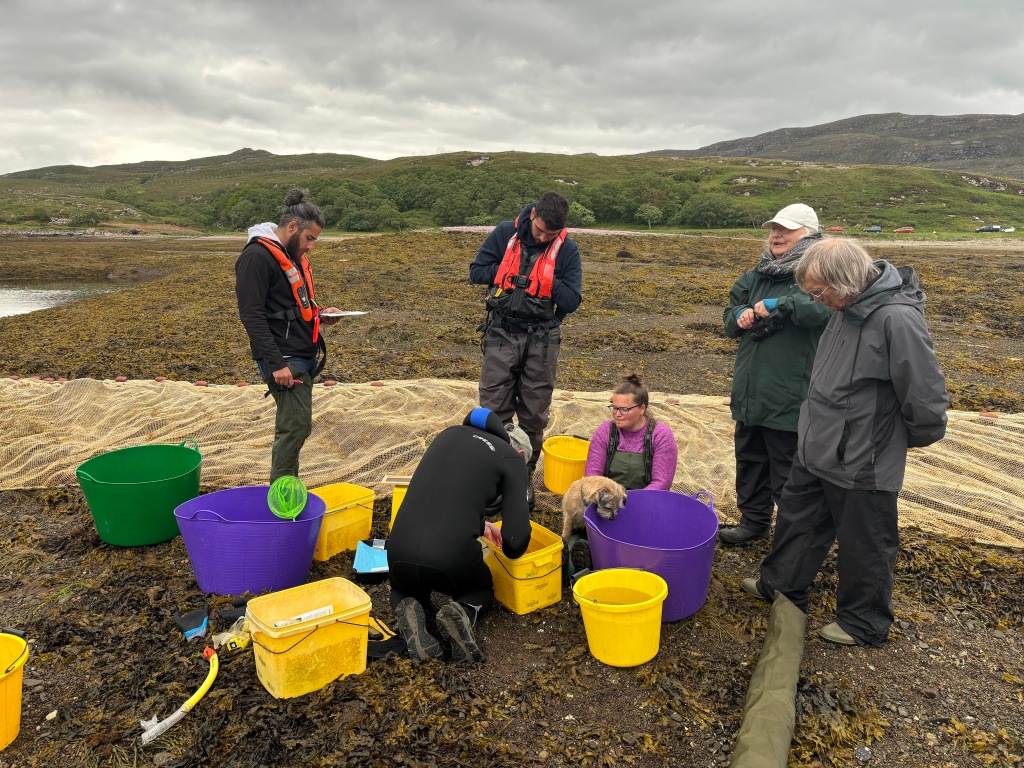
Leave a comment